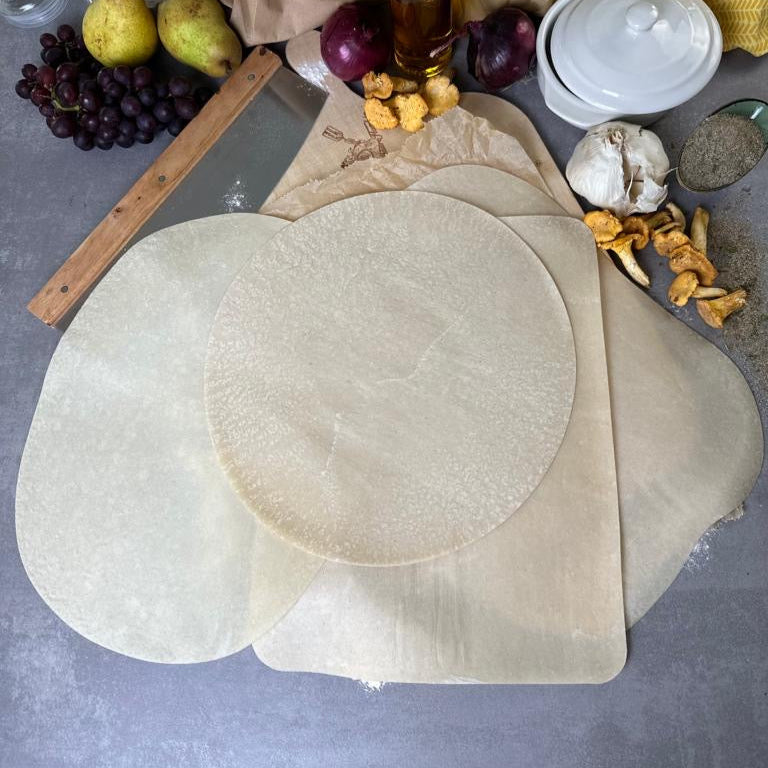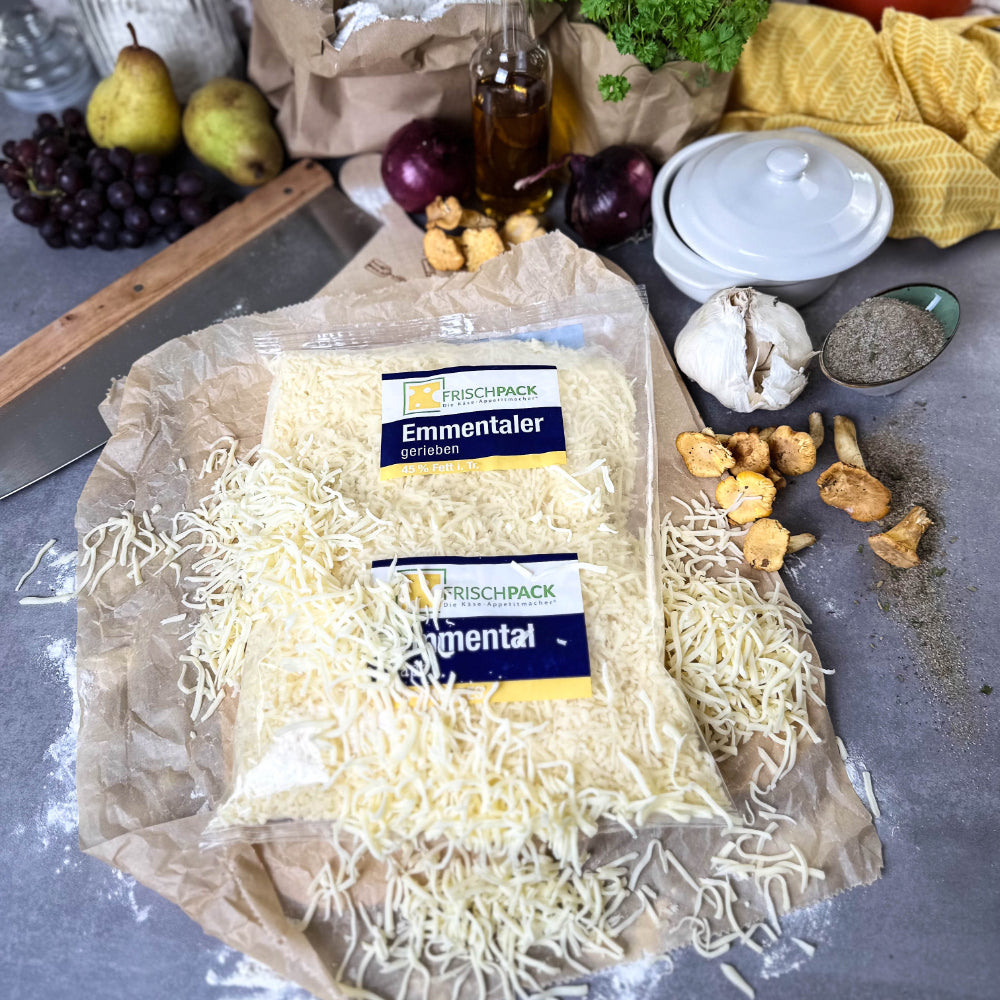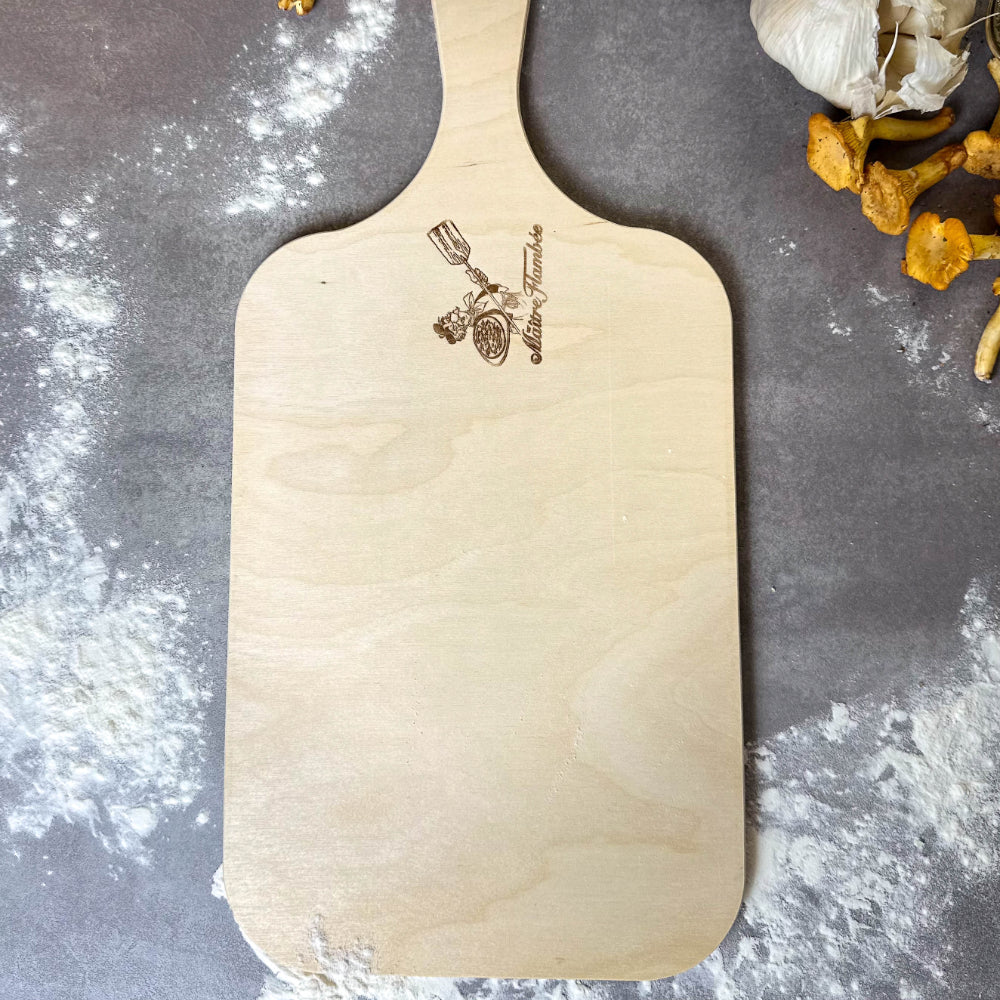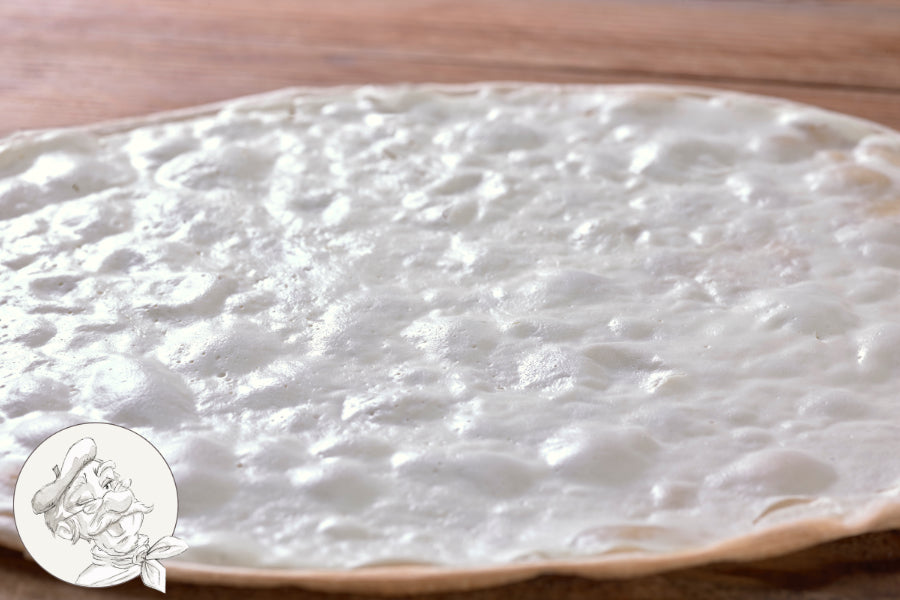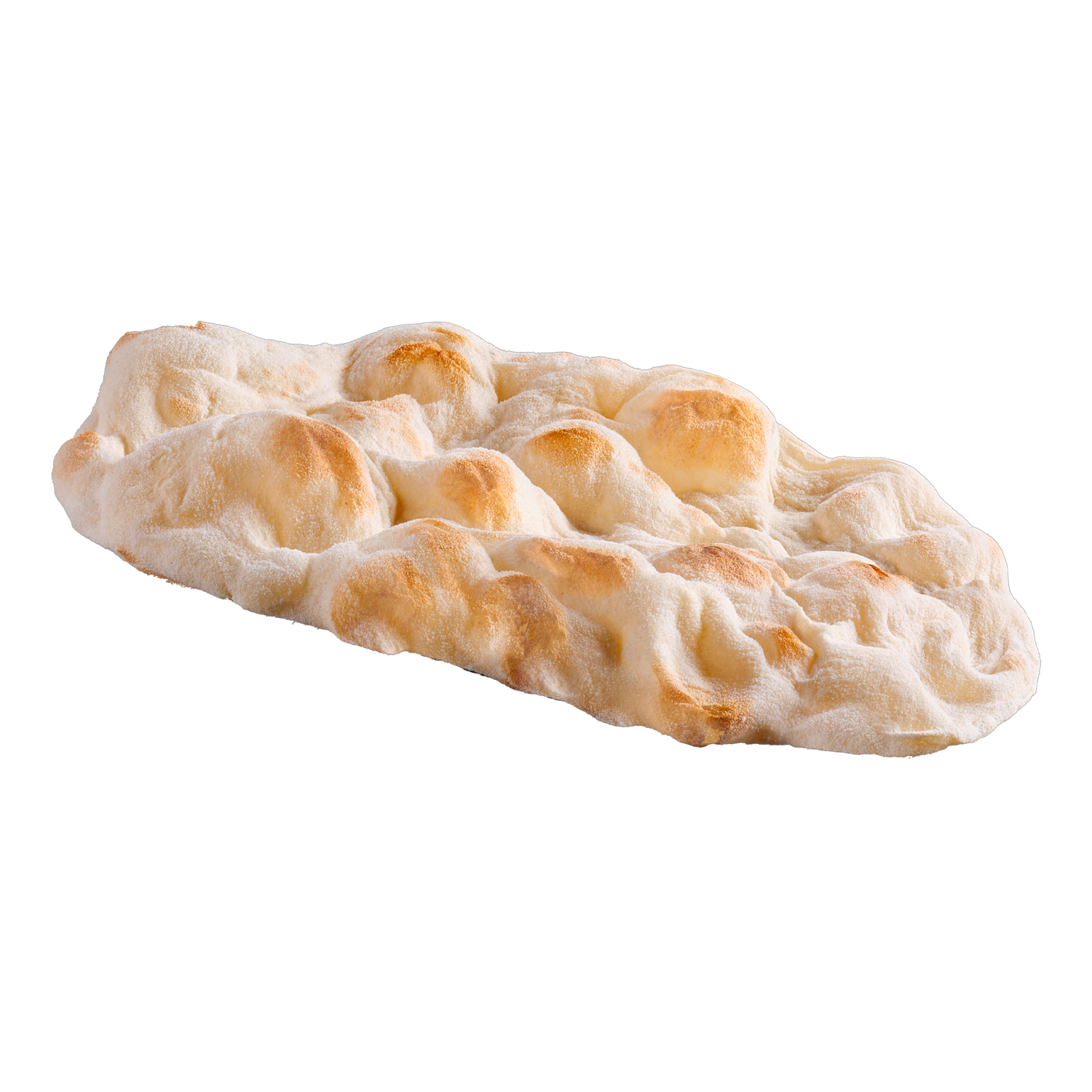There are two theories about the origin of the name, both based on Alemannic expressions. The origin story of this quark-like dairy product, however, is clear. Alemannic is spoken in southern Germany, parts of neighboring Alsace, and German-speaking Switzerland.
In a time before refrigeration, milk quickly turned sour. This wasn't always desired, but people learned to take advantage of it by placing it in earthenware containers covered with a cloth and simply waiting. Especially in the warmer months, it often took no more than a night for the milk to sour and solidify. A sieve with large holes was then lined with a cloth, and the curdled milk was poured in. The whey was left to drain for at least overnight, leaving the solid components such as protein, fat, and minerals in the cloth, which solidifies the Bibbeleskäs. This causes the milk to press slightly into the holes, forming small lumps, which are also called Bibbele in the Alemannic dialect. Explanation number one!
Since the milk wasn't homogenized at that time (today, milk is forced through fine nozzles to ensure even distribution of fat and protein, preventing them from separating), a thick layer of cream settled on top. This is then stirred into the otherwise quite dry Bibbeleskäs cheese to make it creamy.
The second possible explanation for the name is animal!
This protein-rich milk dish was also once fed to chicks to help them grow quickly. The small yellow "feather balls" are also called Bibbele in Alemannic, which provides explanation number two.
One thing is certain: nothing provides a better base for our beloved tarte flambée than our tarte flambée cream , which uses Bibbeles cheese and is sourced directly from Alsace. Today, it's produced using controlled aging in the dairy; the "wild days" of raw milk are long gone. Seasoned with salt, pepper, and nutmeg, it makes our crispy base even more delicious and enhances the flavor of the toppings.
